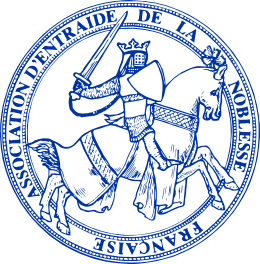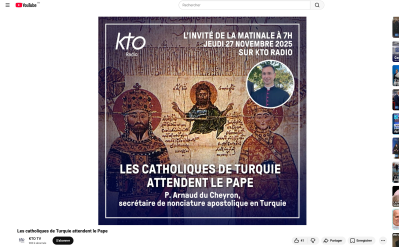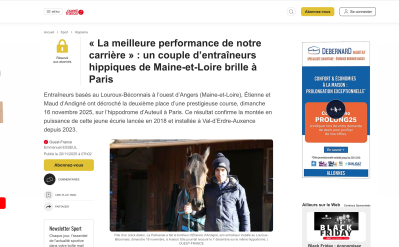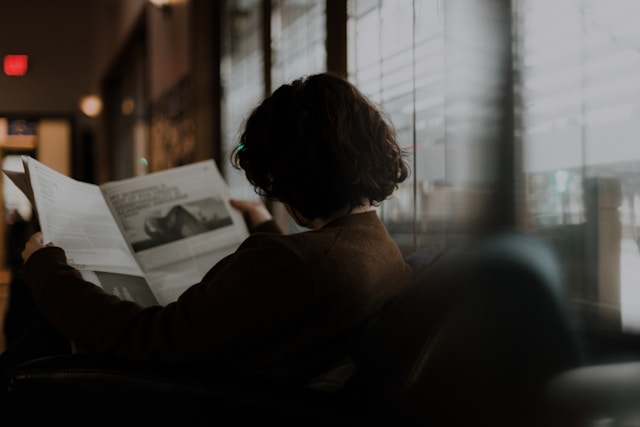News

Vitisphere: ""Labels had to be reprinted as a matter of urgency", ingredient and calorie labelling is a must for the 2024 vintage".
12 November 2024
Press review
Viewed 220 times
Labeling of ingredients and calories will be mandatory for the 2024 vintage. Winemakers talk about the solutions they have adopted or will be adopting. François de L'Espinay, Château de Nitray,...
You must be logged in to read more









